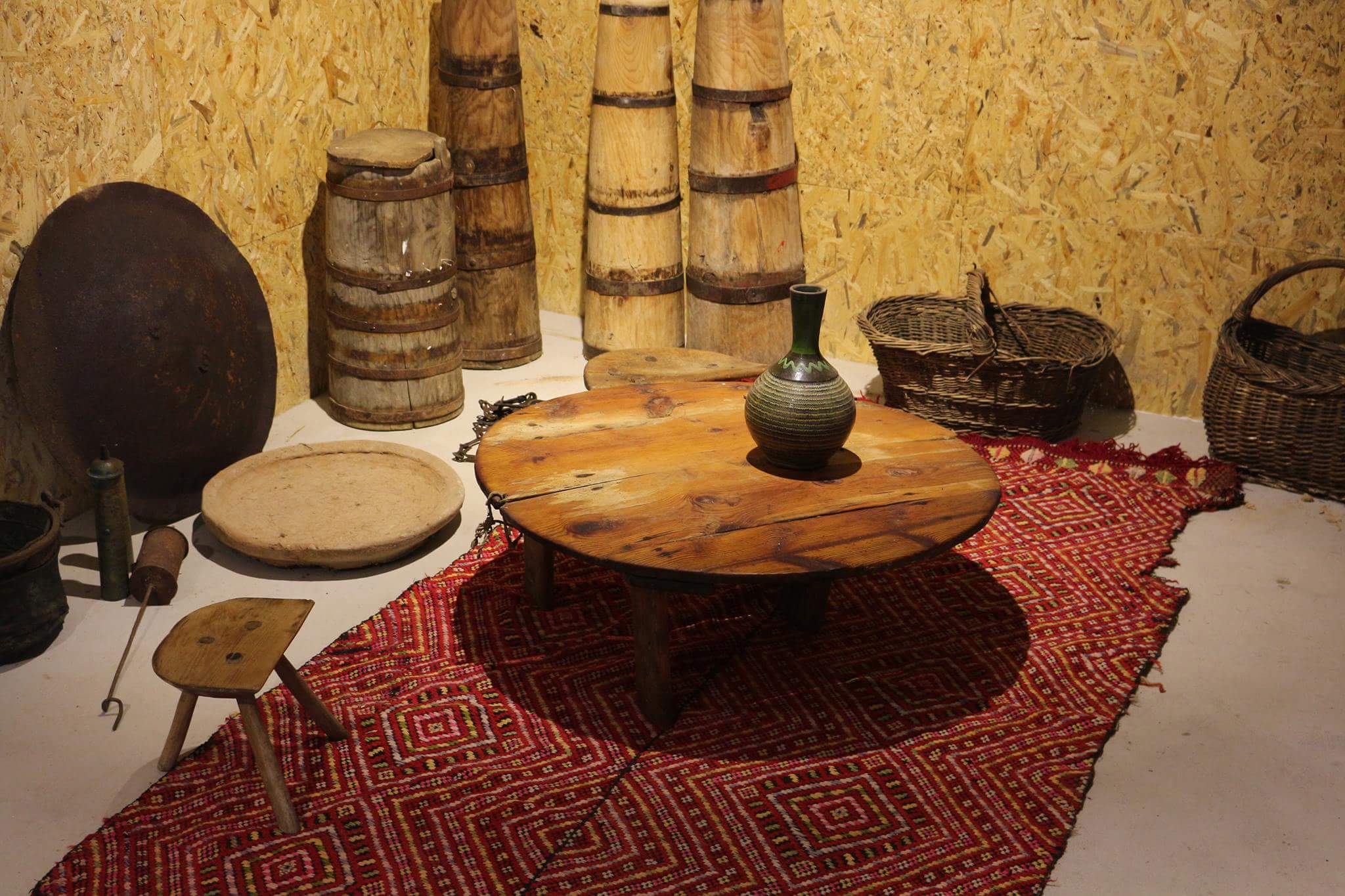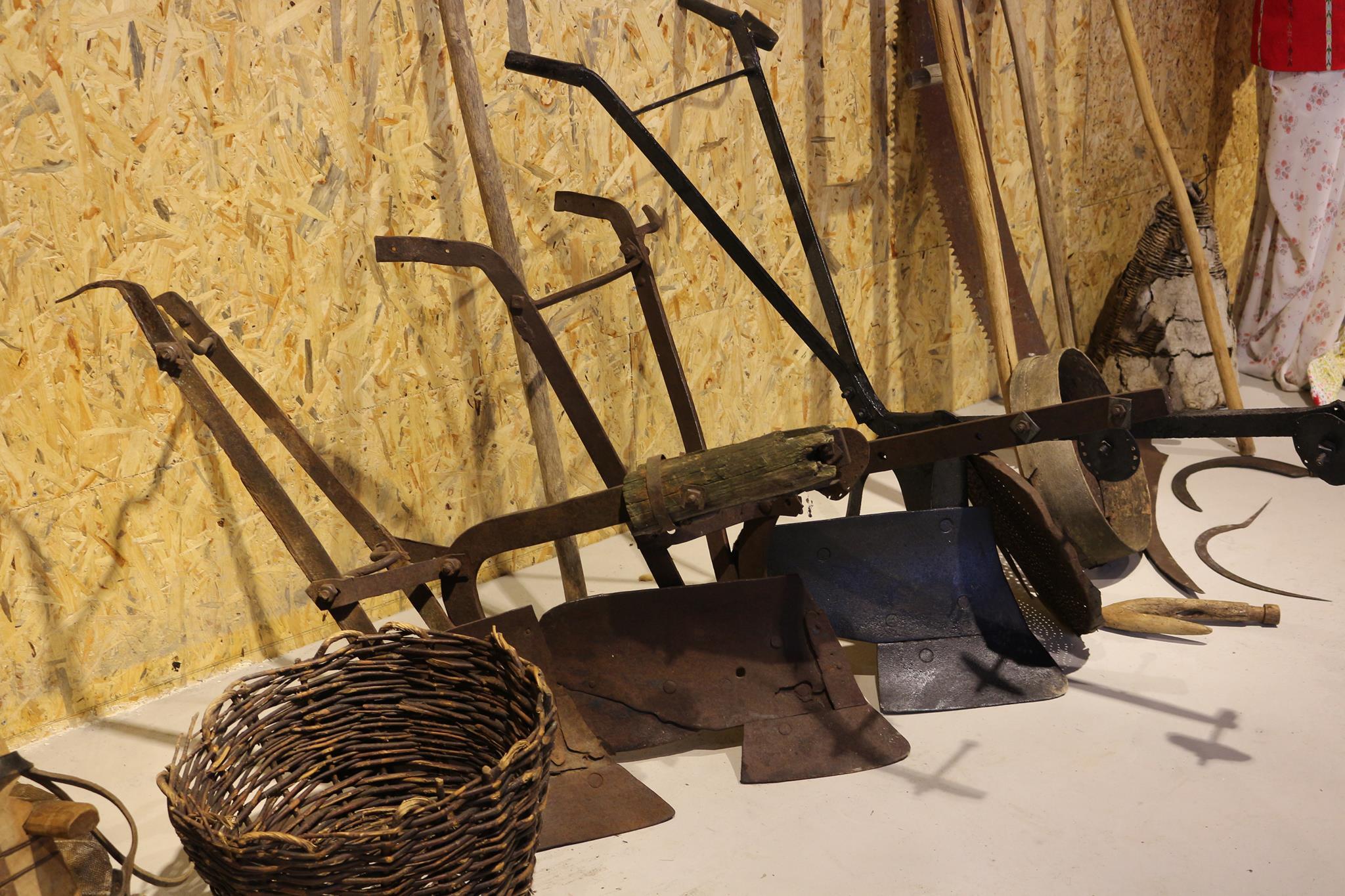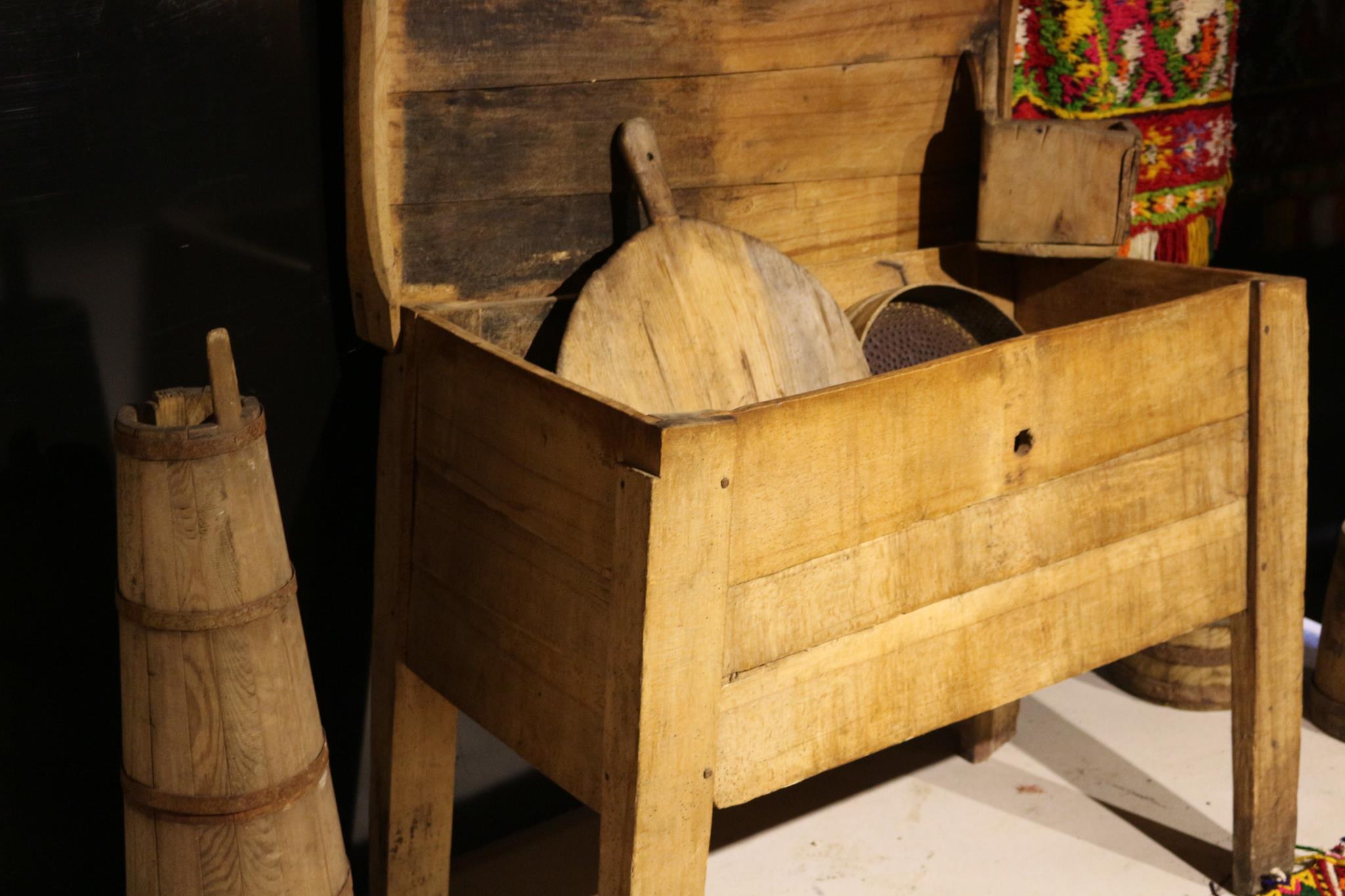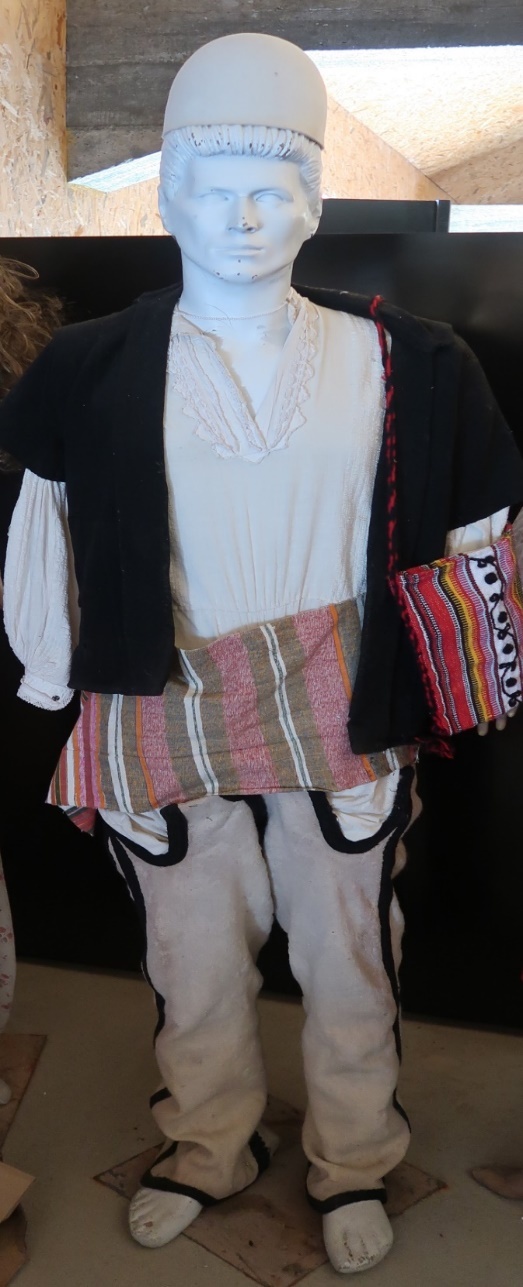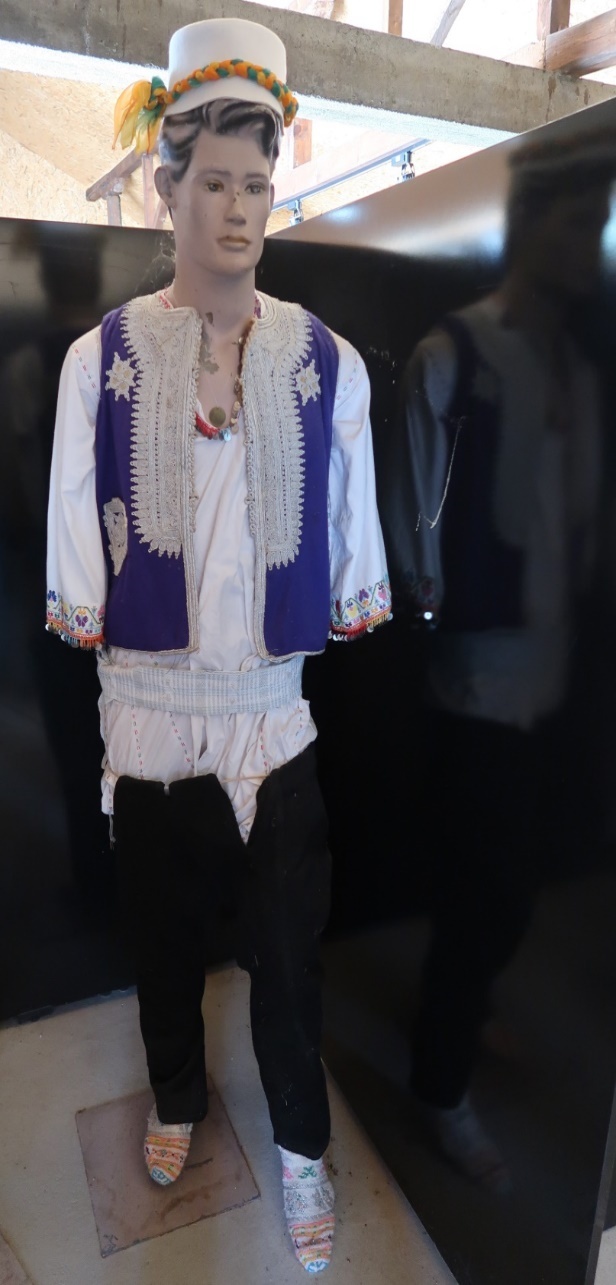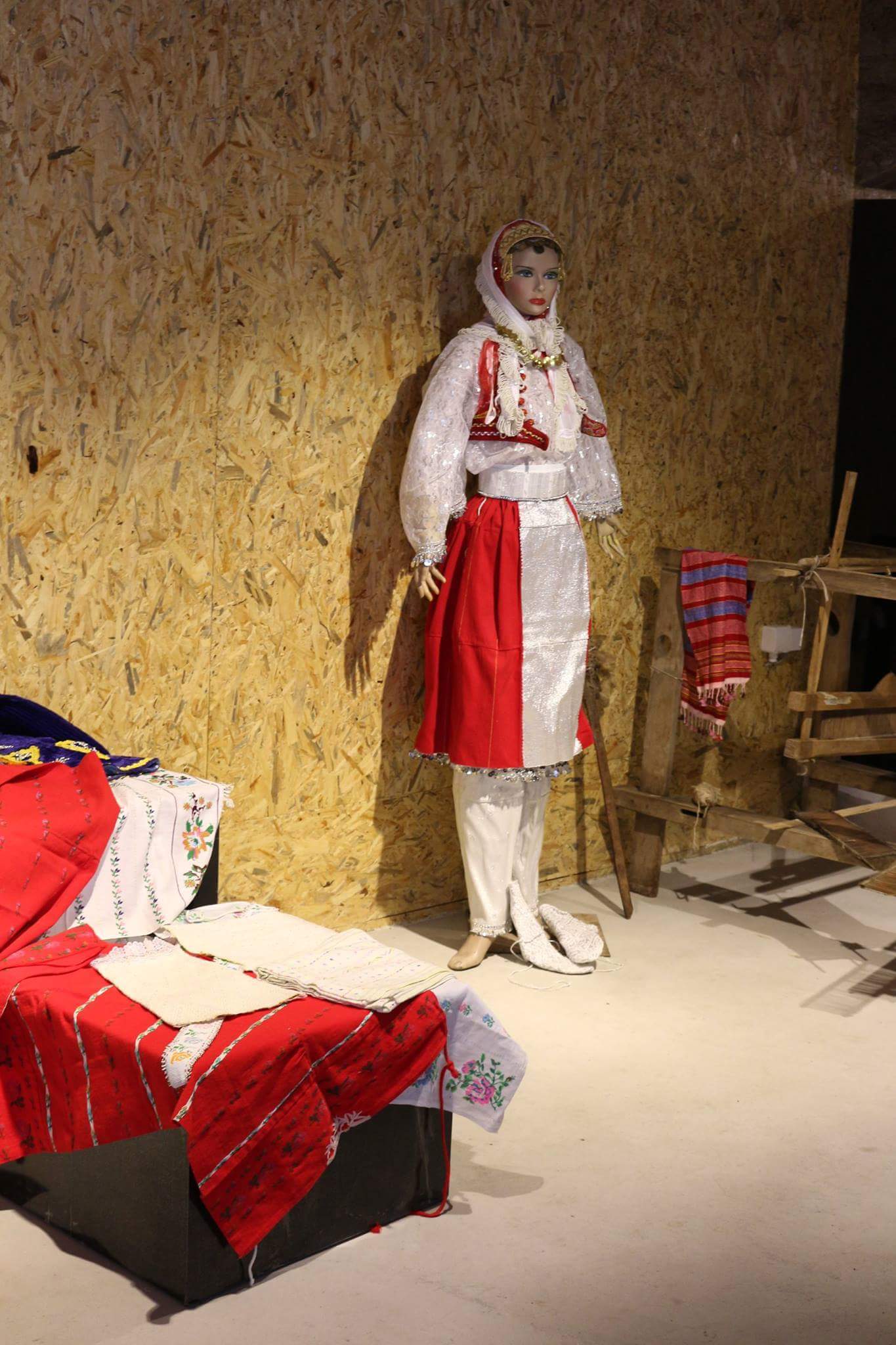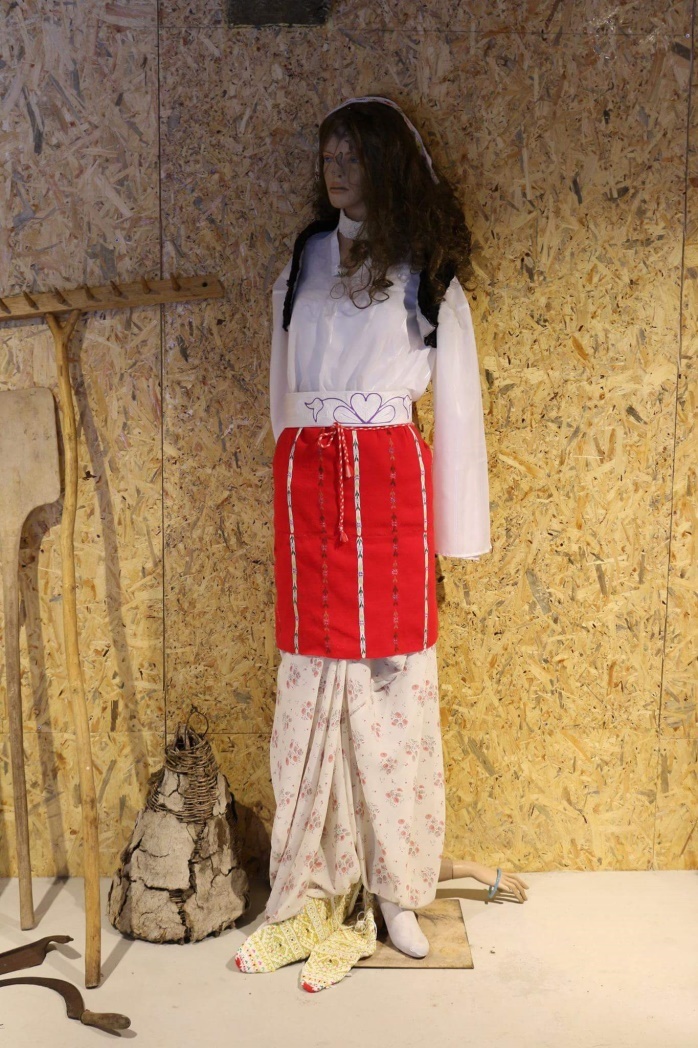CULTURAL HERITAGE

Mill in Dragash/Dragaš
Like all the mills in the Municipality of Dragash/Dragaš, the Mill in Dragash/Dragaš operated by using the river, as it was the safest and most economical source of energy. The walls were made of stone and covered with slabs. Wheat was ground from two stones, one upper and one lower.
The mill has been repaired while maintaining its authenticity.

The Tomb of Plavë/Plava
The tomb of Plavë/Plava is quite old, dating back to the time of the Ottoman Empire, yet
some writings say that this tomb was built in honor of a Turkish missionary. The
tomb is preserved as original with very little renovation.
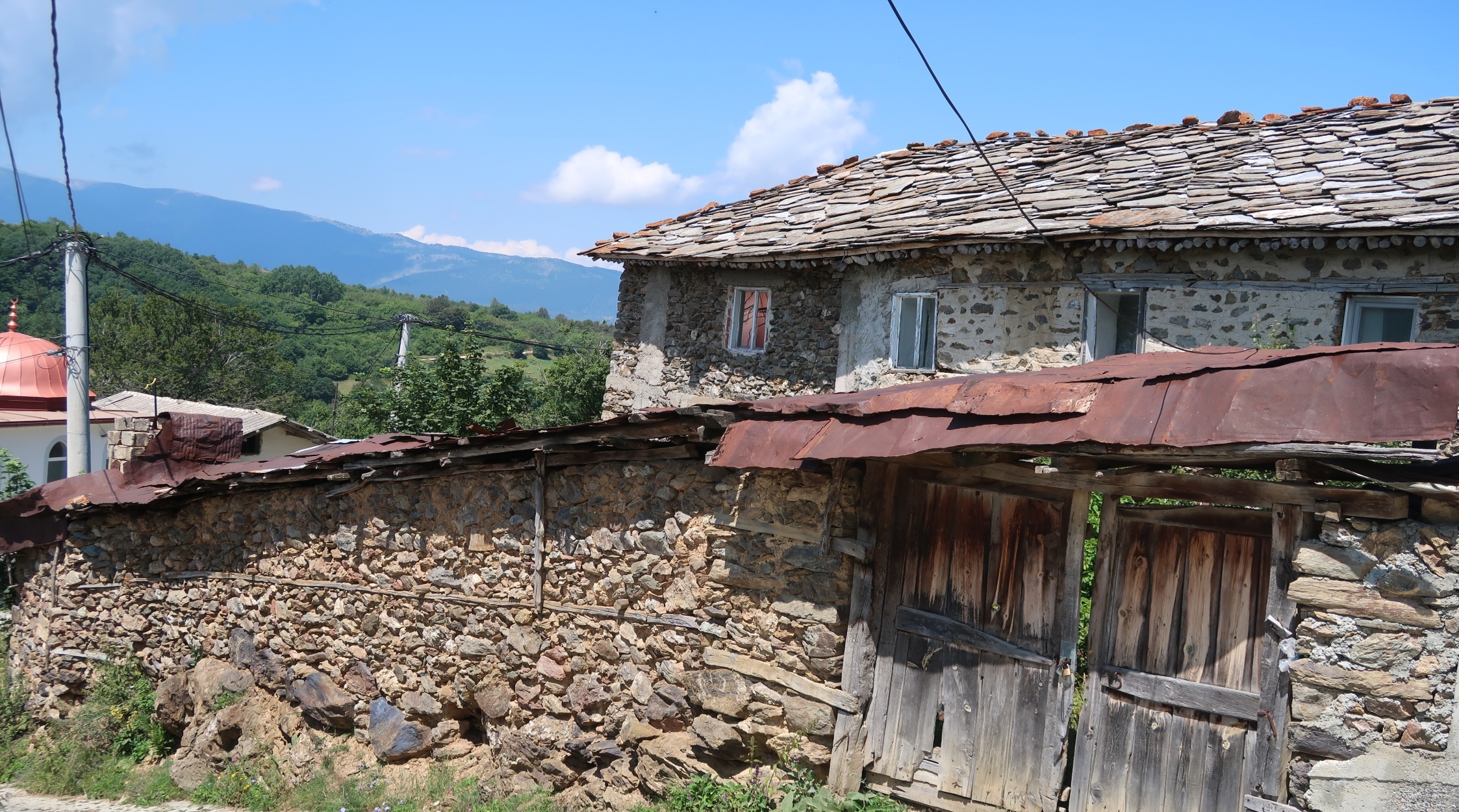
Traditional Opojan house
The shape of the traditional opojan house is quadrangular and consists of 2 floors. The first floor consisted of hearth, corridor and barn. The second floor has a guest room, a bedroom and a balcony.
The house was built of stone or baked clay and wood (hatlla) and covered with slabs. Characteristic of Opojan houses is the surrounding stone wall and wooden door.
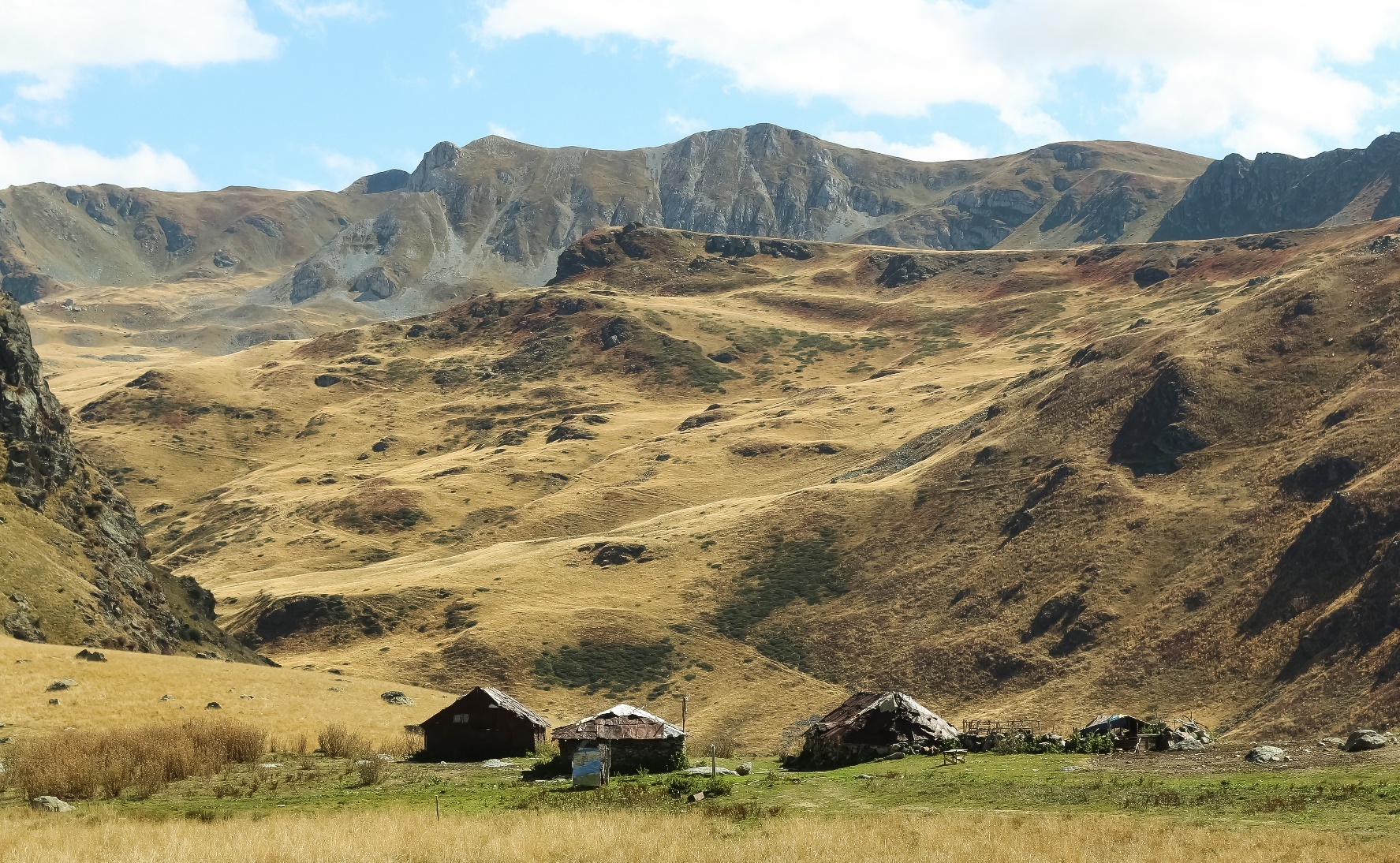
Camps
Stanet are huts for shepherds who guard livestock. These were built by the family that lived there, so their size depends on the number of family members. It was used for sleeping as well as for daily stay.
They are built of stone and covered with straw. There are two doors, the main one for the residents and the other one that connects it with the cattle.
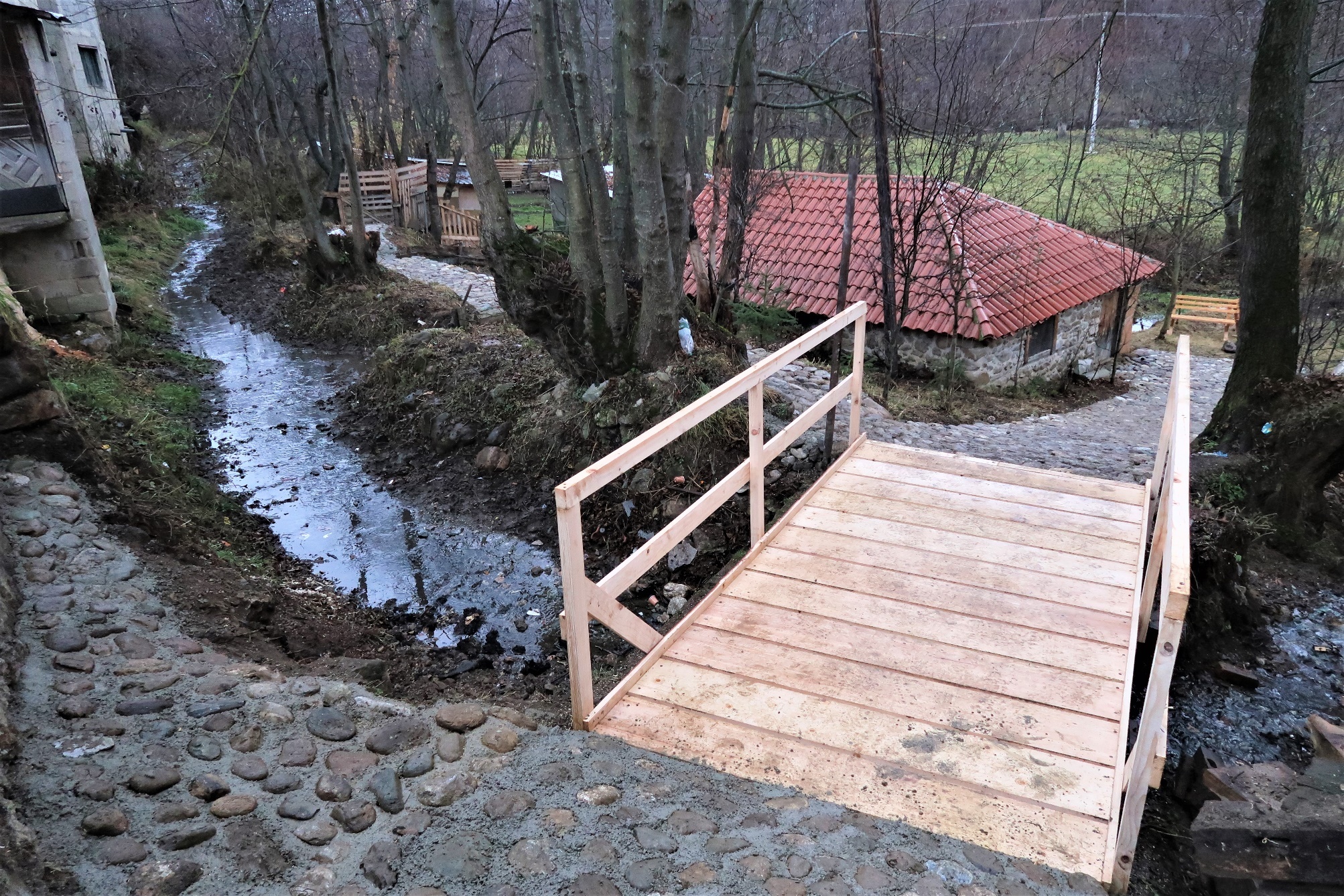
Valanica in Bellobrad/Belobrad
Valanica made the pressing of zgun (woolen cloth) which was then used for clothing. It dates from 1800 and is the only preserved of its kind. It supplied the inhabitants of the Municipality of Dragash/Dragaš, Prizren, Tetovo and Gostivar.
Valanica has been largely restored while preserving its originality, while the equipment inside are all original.
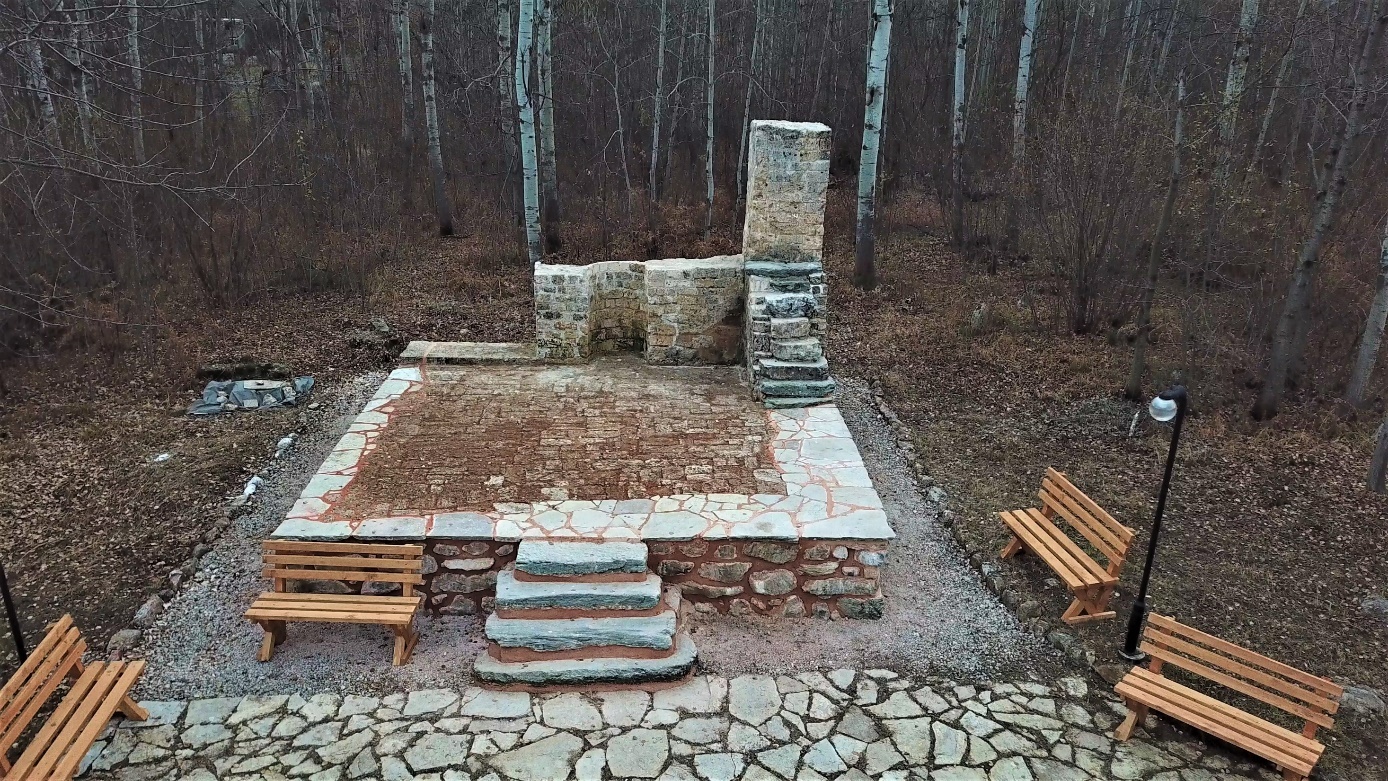
Namazgjah in Buzez/Buzec
Namazgjah is an Islamic religious object, which serves for praying in the open air. This namazgjah is one of the fourth in the entire Balkans. It dates back to the XIV- XV century, where according to what is said, residents from all over the region of Opojë/Opolje have performed prayers here.
The building has been renovated to some extent, but has retained its originality.
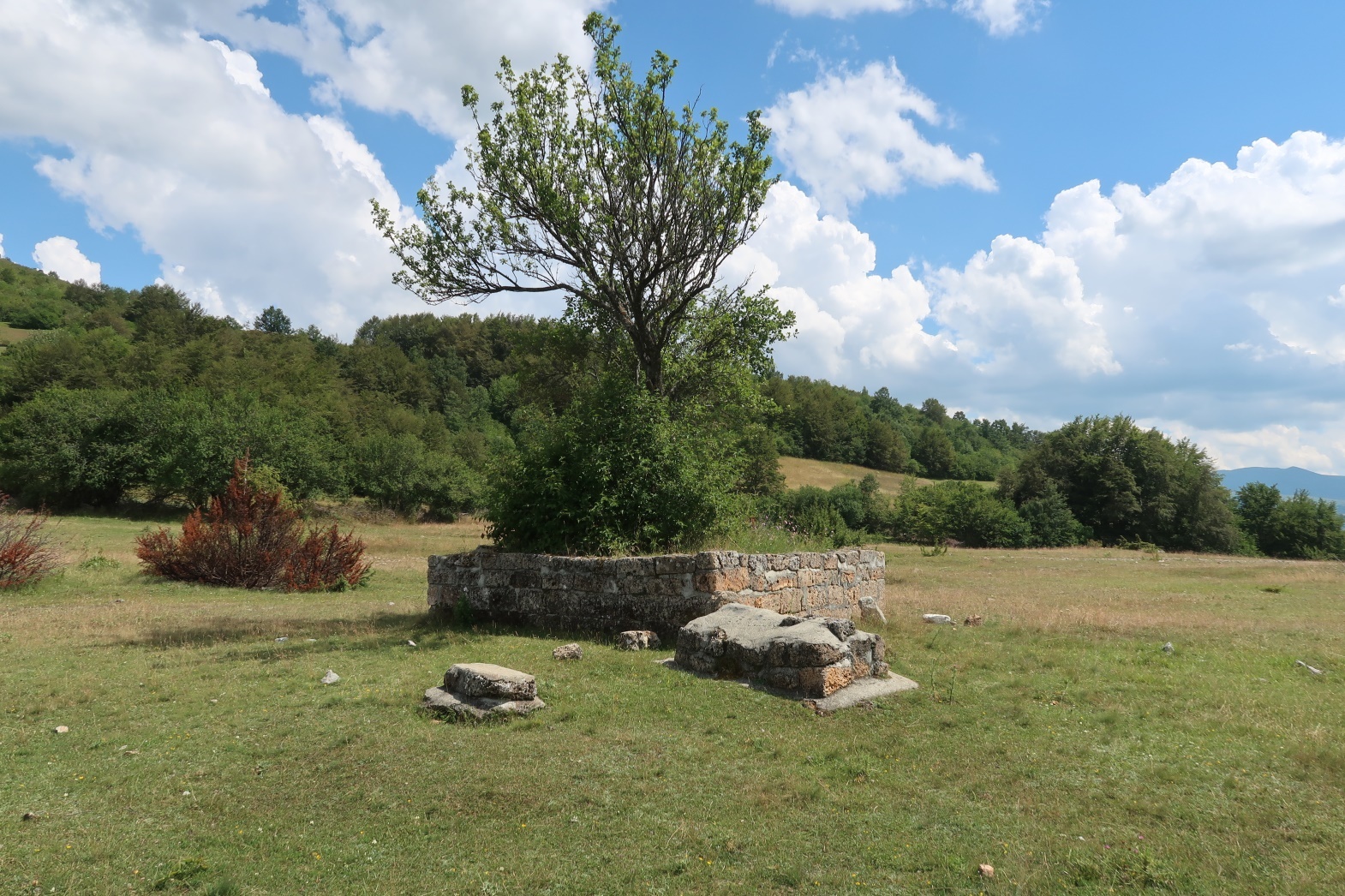
The German tomb
The German tomb dates from 1689, and is said to belong to the Austrian general Pikolemin. During 1689 he became infected with the plague and was buried near Prizren, probably in this place.
General Pikolemin’s article on Kosovo, respectively on the inhabitants of Opojë/Opolje further confirms this.
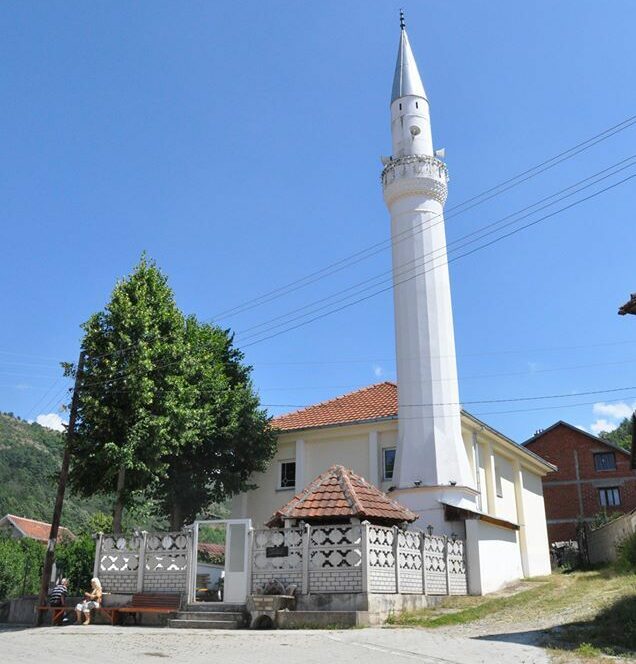
Mosque in Mlikë/Mlike village
According to records, the mosque in the village of Mlikë/Mlike was built in 1289, exactly 170 years before the arrival of the Ottoman stones. Empire in the Balkans.
According to the inscriptions on the preserved tablets, the mosque of the village of Mlikë/Mlike was built by Syrian merchants. The mosque is completely renovated since the first mosque was burned three times, and with them were burned the documents that proved this, but this is evidenced by the tombstones and mosque.
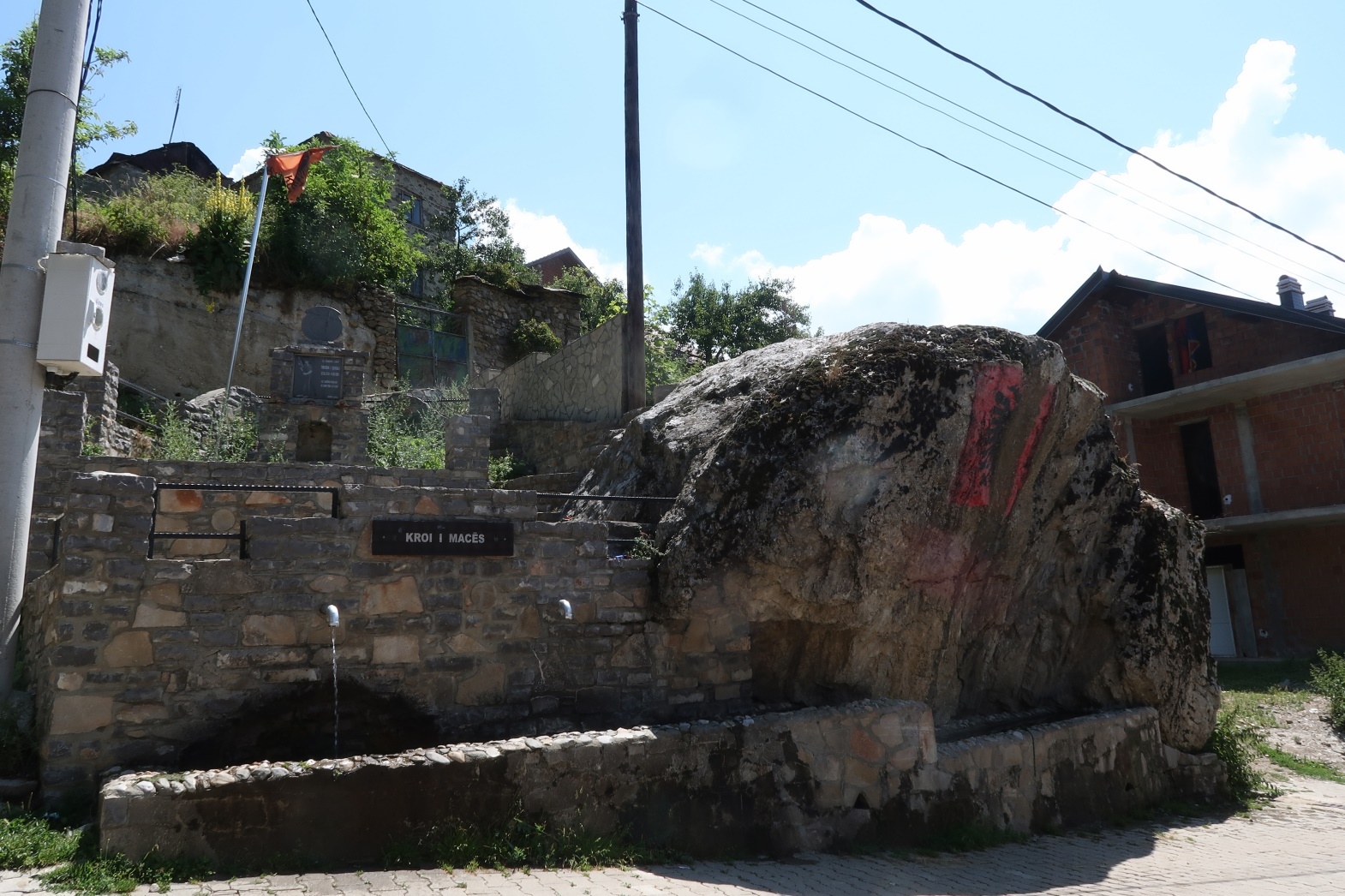
Cat fountain
In a fairly mountainous village, Cat fountain still serves residents for drinks and refreshments. The Cat fountain dates from 1380, with the arrival of the first shepherds in this place, where they built the first tent, and then the village Pllajnik/Plajnik was created from this point. The reason for naming it as the Cat Fountain is because at that time some cats lived near this fountain. This well has been completely renovated and is still functional.
Ethnological museum of Dragash/Dragaš
The Ethnological Museum is located behind the House of Culture in the town of Dragash/Dragaš. This museum offers an ideal opportunity to see up close the ethnological assets of the Municipality of Dragash/Dragaš. Although not always open, it can be easily visited by contacting the Directorate of Culture, Youth and Sports.

